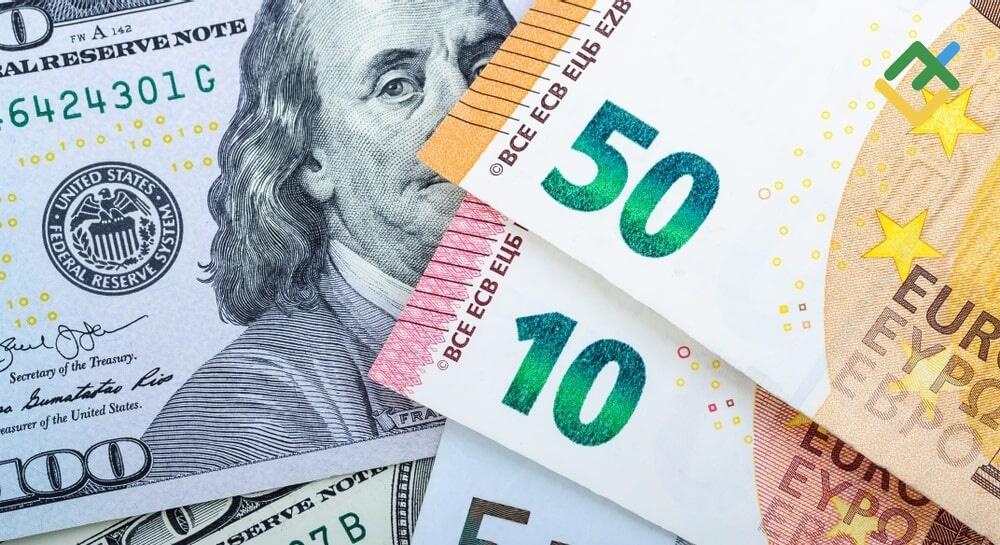EUR/USD is currently at 1.1630, fluctuating within a tight range of 1.1600 to 1.1685 as market participants anticipate significant policy changes from the Federal Reserve and the European Central Bank. The market is poised for a crucial 25-basis-point U.S. rate cut, anticipated to bring the federal funds rate down to 3.75%–4.00%, while the ECB is expected to maintain its deposit rate at 3.75% for the third consecutive meeting. This divergence in policy paths continues to favor the U.S. dollar, with the euro struggling to extend gains despite resilient short-term support levels near 1.1620. The upcoming 48 hours may determine the pair’s next directional breakout. The Fed’s action is mostly accounted for, but the sentiment expressed by Chair Jerome Powell will determine if EUR/USD maintains its present level or continues to drop. If Powell suggests further easing in December, the dollar may weaken, driving the pair past the 1.17–1.1750 resistance zone. However, a more cautious approach would likely bolster the dollar and push EUR/USD toward 1.16 or even 1.1540. Recent U.S. data highlights the vulnerability of the economy — consumer confidence fell to 94.6, marking its lowest point since April, while the pace of job growth decelerated in the face of increasing corporate layoffs. The observed trends support the decision for a rate cut, yet they also keep the Fed wary of excessively easing policy measures.
Meanwhile, the Eurozone continues to grapple with stagnation. German manufacturing output and Eurozone GDP both fell short of expectations in Q3, further solidifying a narrative of sluggish growth. The ECB, under the leadership of Christine Lagarde, is anticipated to maintain its current stance, indicating a measured approach as it observes the gradual easing of inflation. The euro continues to be supported by narrowing yield spreads — the 10-year U.S. Treasury yield has decreased to 4.00%, while the German bund stands at 2.28% — however, the differential still favors dollar strength. The geopolitical backdrop presents additional challenges for the euro. Positive sentiment surrounding a possible trade agreement between Trump and Xi, allegedly valued at $350 billion, has enhanced global outlook and diminished the need for safe-haven assets, benefiting the dollar. Reducing trade tensions, especially in the semiconductor and agricultural sectors, enhance risk appetite and put pressure on safe-haven currencies. The U.S. Dollar Index holds steady around 99.40, buoyed by capital inflows into dollar assets even as domestic indicators show signs of weakness.
EUR/USD is still trapped within a multi-month range between 1.1550 and 1.1750. The pair has regained the nine-day EMA at 1.1630, suggesting a slight bullish inclination, although momentum continues to be lackluster. Resistance is positioned at 1.1650, 1.1685, and 1.1710, with a more significant barrier at 1.1740–1.1750 that has consistently thwarted upward movements. On the downside, significant support is located at 1.1600, followed by 1.1575, 1.1540, and the deeper 1.1470 area. Momentum oscillators indicate a neutral configuration, with RSI around 45 and the MACD remaining flat, implying that volatility is likely to increase only following clarity from the central bank. Institutional positioning indicates a sense of caution in anticipation of the upcoming dual policy events. Data indicate that net euro longs have decreased for three straight weeks, suggesting a waning confidence among hedge funds and asset managers. Option flow clustering between 1.16 and 1.17 indicates a tendency among traders to lean towards neutrality, while the 1-week implied volatility at 6.8% — the lowest observed in a month — reflects expectations for subdued price movement ahead of the Fed meeting. Once Powell’s statement is released, markets expect a movement of approximately 100 pips in either direction.
Macro triggers for volatility are set in place. If Powell’s remarks indicate continued easing while Lagarde remains cautious, the decreasing yield differential may slowly become favorable for the euro, possibly allowing EUR/USD to revisit the 1.1770–1.1800 range. On the other hand, a hawkish Powell or disappointing Eurozone data might push the pair back to 1.1550 before it finds stability. Sentiment continues to be balanced yet delicate. Market participants are primarily wagering on differences in policy rather than the robustness of regional data. A dovish Fed outcome alongside ECB caution may support euro recovery above 1.17, whereas any reluctance from Powell to pledge further cuts would strengthen dollar dominance. Currently, EUR/USD is trading within a defined range, influenced by global easing measures and regional stagnation.

